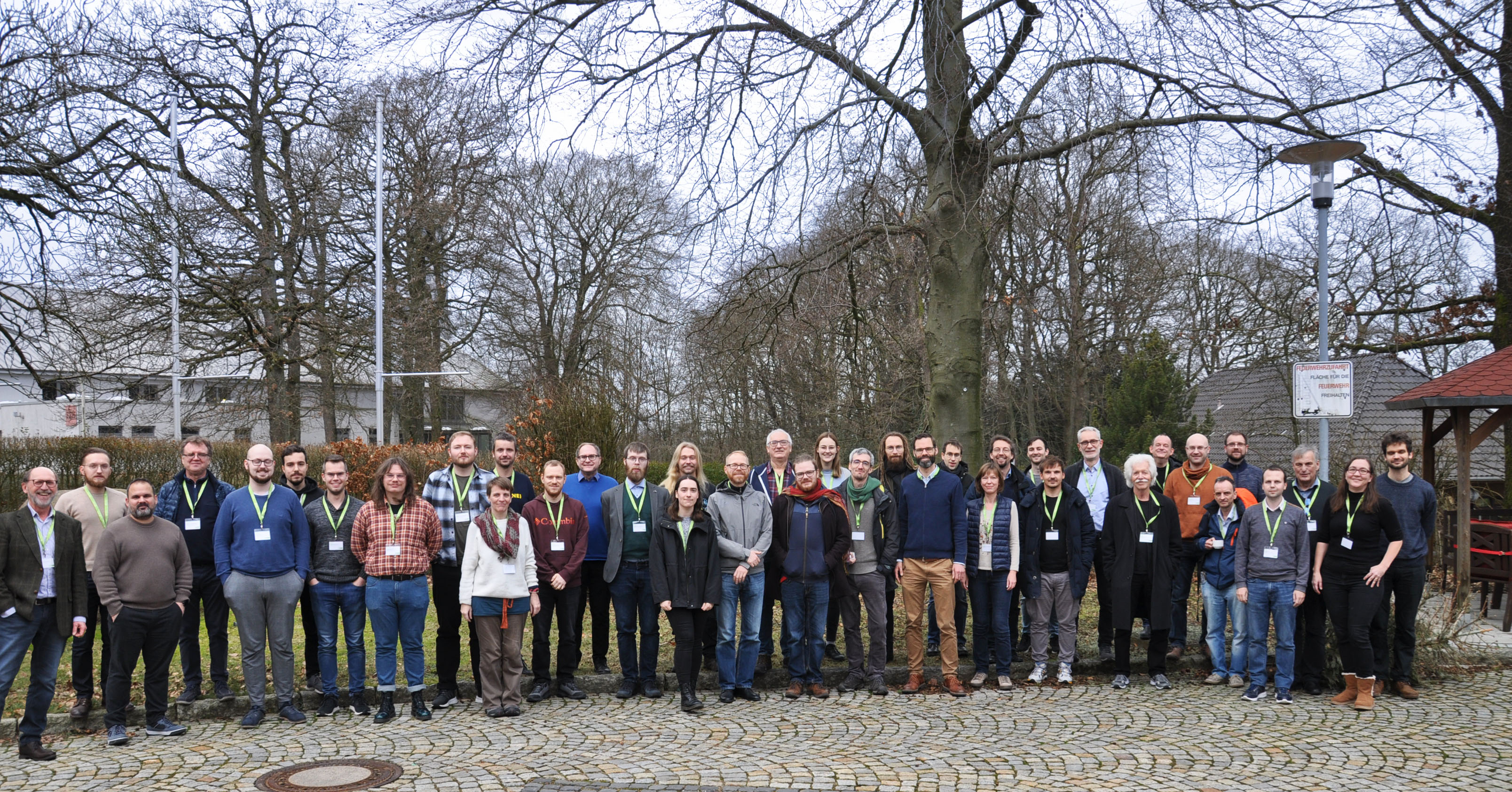- Indico style
- Indico style - inline minutes
- Indico style - numbered
- Indico style - numbered + minutes
- Indico Weeks View
Workshop on the tuning of hadronic interaction models
→
Europe/Berlin
Guesthouse, Campus Freudenberg (University Wuppertal)
Guesthouse, Campus Freudenberg
University Wuppertal
Rainer Gruenter-Str. 3, 42119 Wuppertal
, , , ,
Description
The purpose of the workshop is to bring together experts working in
- simulations and measurements of cosmic ray induced air showers,
- event generators and hadronic interaction models, employed in EAS simulations, and
- accelerator experiments aimed at providing data that help to test and improve such interaction models.
We plan for a structure that allows ample discussions triggered by presentations related to testing and improving hadronic interactions models.
This workshop is supported by the Collaborative Research Center SFB 1491.
Registrations are closed.

Contact
Participants
Alexander Sandrock
Andreas Haungs
Dennis Soldin
Felix Riehn
Giacomo Graziani
Guenter Sigl
Hiroaki Menjo
Ina Sarcevic
Jan Ebr
Johannes Albrecht
Julian Boelhauve
Kevin Kröninger
Klaus Werner
Lilly Pyras
Lorenzo Cazon
Maria Vittoria Garzelli
Maximilian Reininghaus
Michael Schmelling
Michael Unger
Mirco Hünnefeld
Natalia Korneeva
Pascal Gutjahr
Ralph Engel
Ruben Conceição
Sergey Ostapchenko
Tanguy Pierog
Thomas Pöschl
Tim Huege
Valery Zhukov
Wolfgang Rhode
- +25
